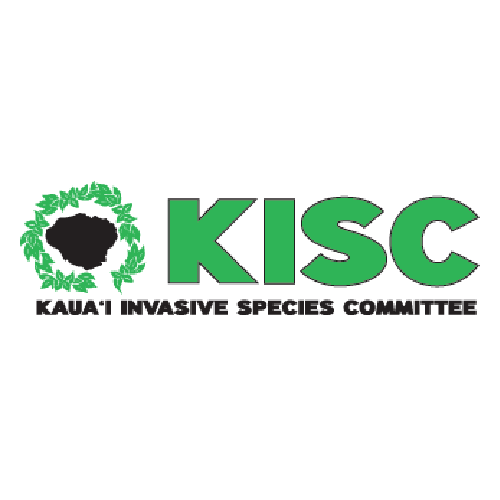Family: Pittosporaceae
Hōʻawa is a shrub that is endemic to Hawaiʻi Island. It has elongated leaves with pointed tips that cluster at the branch tips. The leaf edges curl slightly and are covered with hair underneath. White flowers grow in groups of 9 to 12. A dioecious species, male and female flowers occur on different plants; both are needed to make viable seeds. It is fragrant at night. The fruit capsules naturally open up to reveal numerous black seeds against an orange backdrop.
The alalā or Hawaiian crow, are attracted to its colors, will then eat and excrete the seeds dispersing them far and wide. According to the great naturalist Joseph Rock, the alalā’s diet was composed of 80% hōʻawa. Back then, hōʻawa and alalā were a common sight. They both evolved together, complementing their ecological niches. Today, it’s much more common for rats to eat hōʻawa seeds. Sadly, this is not a symbiotic relationship as the rats destroy rather than disperse the seeds.
A utility-friendly plant, hōʻawa doesn’t grow much above 15 feet. The dense crown of leaves is excellent for a private screening, boundary delineation, or hedge. It does best in full sun and is drought tolerant once established.
Plant Uses:
- Container plant
- Cultural significance
- Edible
- Fragrant
- Hedge
- Lei flower
- Medicinal
- Ornamental
- Privacy / screening
- Specimen
- Windbreak
Plant Dangers:
- Unknown




